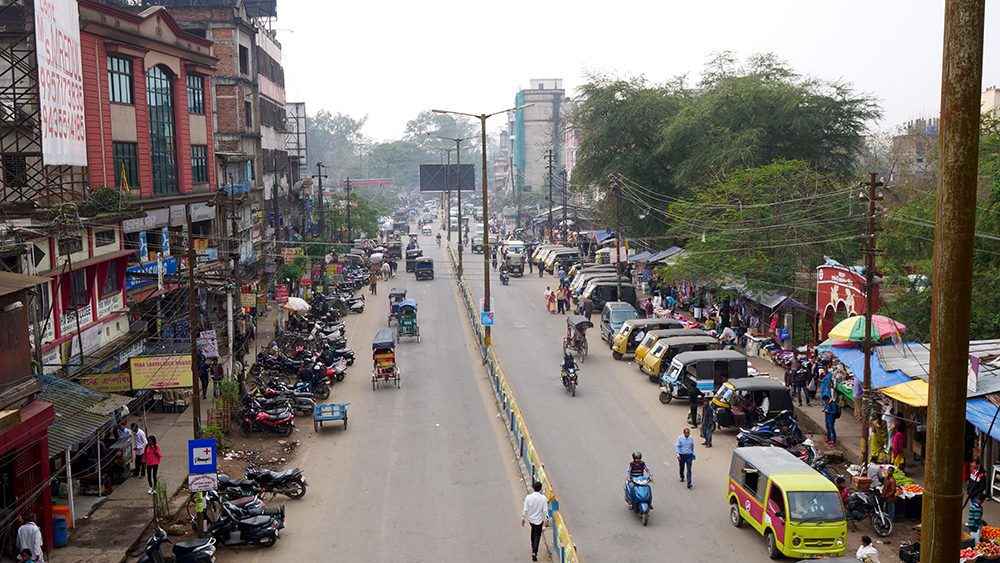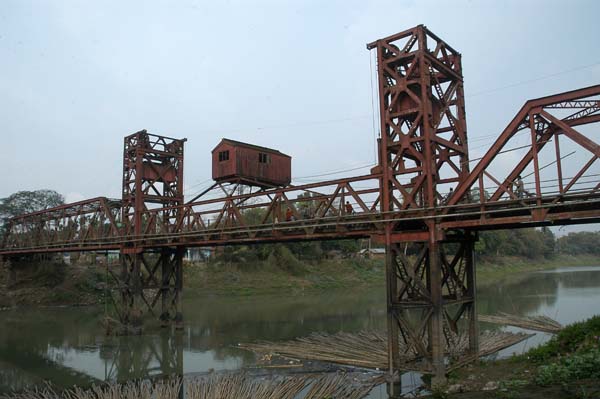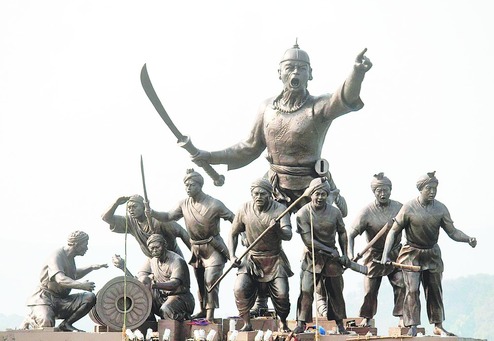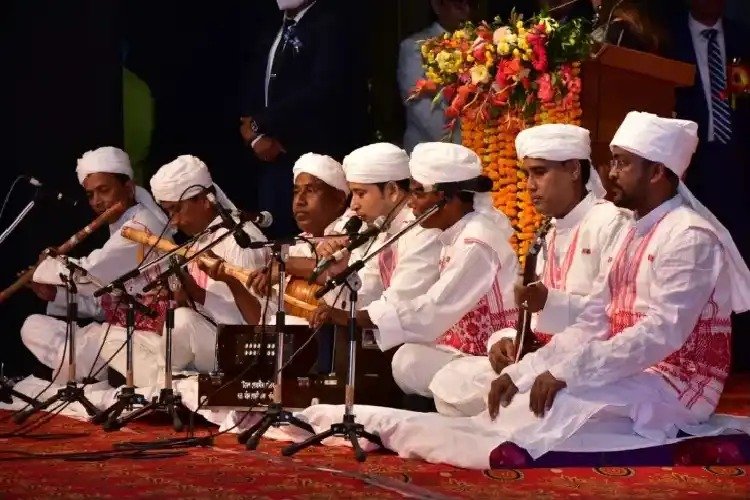A remarkable archaeological discovery has recently come to light on the Somagiri hills of Melavalavu in Madurai — an inscription dating back to the reign of Rajaraja Chola I, one of South India’s greatest emperors. Believed to originate around 1000 CE, the Rajaraja Chola Inscription offers fascinating insights into the Chola dynasty’s southern expansion and influence in the Pandya region. It references a military figure named Viranarana Pallavarayan and highlights the construction of a temple commissioned by Malaiyappa Sambu, underscoring the dynasty’s devotion to temple architecture and its administrative depth.
Historical Backdrop: Rise of a Visionary Ruler
Rajaraja Chola I ruled from 985 to 1014 CE, succeeding his father Parantaka Chola II. Known for his strategic brilliance and administrative genius, Rajaraja’s reign marked a turning point in Chola history. His leadership set the foundation for the empire’s golden age, laying down a legacy that would influence Southern India for centuries.
Military Might: Conquests Across the South
Rajaraja Chola’s military campaigns were both bold and far-reaching:
- 988 CE: He scored a critical victory against the Cheras at the Battle of Kandalur Salai.
- He took over the Pandya capital, Madurai, renaming it “Rajaraja Mandalam“.
- In 993 CE, he conquered parts of Sri Lanka, establishing a provincial capital there.
- His armies also defeated the Chalukyas in Karnataka, pushing the frontiers of the Chola Empire further.
These conquests solidified the Cholas’ dominance across the southern peninsula and beyond.
Governance Reimagined: Rajaraja’s Reforms
Rajaraja was not just a conqueror; he was a reformer. He transformed the empire’s administration by:
- Replacing hereditary chieftains with appointed officials, ensuring loyalty to the crown.
- Dividing the empire into nine provinces, each benefiting from local self-governance.
This administrative model ensured transparency, efficiency, and accountability, becoming a blueprint for sustainable governance.
Cultural Brilliance of Rajaraja Chola Inscription
Art and architecture flourished under Rajaraja’s patronage:
- He commissioned the iconic Brihadeshwara Temple in Thanjavur, a masterpiece of Dravidian architecture and now a UNESCO World Heritage Site.
- The temple is adorned with vivid murals and showcases exceptional temple planning and sculpture.
- Rajaraja also introduced new coinage, featuring his likeness beside a seated goddess — a symbolic blend of power and piety.
Economic Pulse: Trade and Prosperity
The Chola Empire under Rajaraja saw a boom in both internal and international trade:
- Trade was facilitated by well-organized guilds and mercantile corporations.
- The Cholas maintained thriving maritime trade links with West Asia and Southeast Asia.
- Exports included spices, textiles, and precious stones, enriching the empire and reinforcing its regional dominance.
Why This Discovery Matters
This newly uncovered inscription adds another layer to our understanding of the Chola legacy. It not only reaffirms Rajaraja Chola’s strategic reach into Pandya territory, but also highlights the deep religious and cultural fabric he helped weave into Southern India’s historical narrative.












